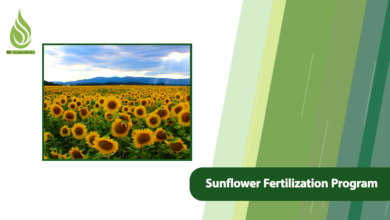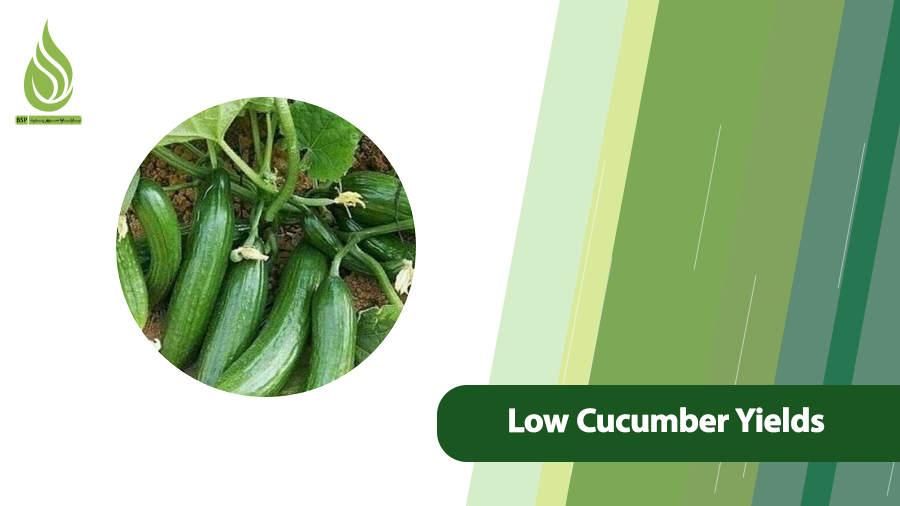
Why Does Cucumber Have Low Yields? How to Solve it?
Cucumbers are one of the most popular and widely consumed vegetables in people’s diets, valued for their pleasant taste and high nutritional benefits. However, a major challenge faced by farmers and growers is low cucumber yields. Low yields can result from various factors, each significantly impacting production levels and crop quality. This issue not only affects farmers’ income but can also lead to reduced market supply and increased prices.
In this article, we examine the main causes of low cucumber yields and provide effective solutions to address the problem.
What Causes Low Cucumber Yields?
Low cucumber productivity can stem from multiple factors. Below, we break down the key contributors:
Weather and Climate Conditions
Weather plays a direct and indirect role in cucumber cultivation, heavily influencing crop success.
- Temperature: Cucumbers thrive in moderate temperatures between 20–30°C (68–86°F). Within this range, plants achieve optimal growth and fruit production.
- Cold Stress: Temperatures below 15°C (59°F) slow plant growth and development. Extended exposure to cold disrupts pollination, drastically reducing fruit formation.
- Heat Stress: Temperatures above 35°C (95°F) cause wilting, reduce pollination efficiency, and lead to fewer fruits. Extreme heat also weakens plants, lowering overall yields.
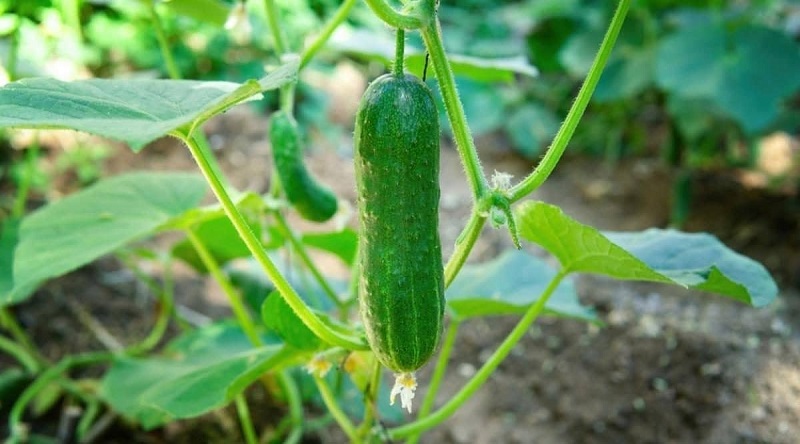
- Humidity: Excessive humidity leads to fungal diseases and pests. These diseases not only harm the plant but can also reduce yield and fruit quality. Conversely, insufficient humidity can cause the plant to dry out and decrease fruit production.
- Light: Cucumbers require adequate light (at least 6–8 hours of direct sunlight per day). Insufficient light reduces photosynthesis, leading to stunted growth and lower yields. Air pollution and persistent cloud cover negatively impact plant growth.
- Variable Weather Conditions: Sudden weather changes stress plants, resulting in reduced yields and lower crop quality. Storms, heavy rainfall, or strong winds adversely affect plant growth.
Soil Quality
Soil quality is a fundamental factor in cucumber production, directly and indirectly influencing yield. Below, we examine the role of soil quality and its effects on low cucumber yields:
- Soil pH: Cucumbers require a pH between 6 and 7. Within this range, the plant can efficiently absorb nutrients. If the soil pH drops below 5.5 or rises above 7.5, the absorption of nutrients like nitrogen, phosphorus, and potassium decreases. Nutrient deficiencies then stunt growth and reduce yields.
- Soil Nutrients: The plant requires various nutrients for healthy growth and fruit production. A deficiency in any nutrient disrupts vine growth or cucumber development.
- Soil Texture: Soil must have a suitable texture to retain water and air effectively. Light, well-draining soils aid water and nutrient absorption. Heavy, compacted soils cause issues like poor water/air penetration, waterlogging, and restricted root growth. These factors contribute to reduced cucumber yields.
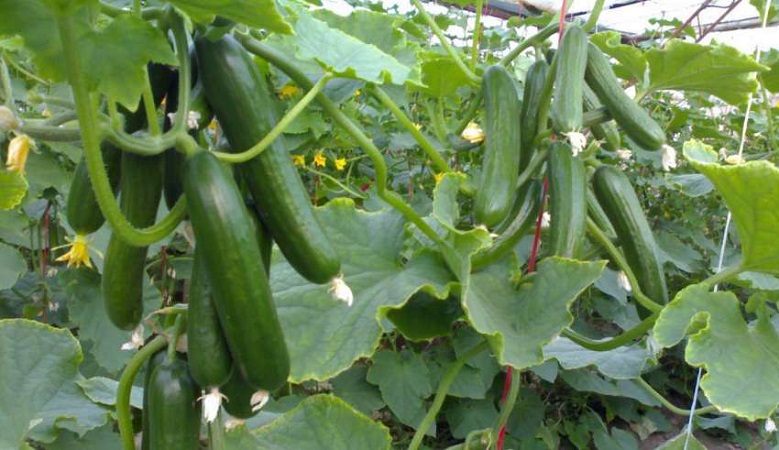
Choosing Inappropriate Varieties
Selecting suitable cucumber varieties for cultivation is crucial. Some cucumber varieties are better adapted to your geographic location and climate, making their cultivation more practical. When purchasing seeds, ensure the chosen variety is compatible with your geographic region.
Improper Irrigation
Cucumbers require sufficient water for growth and fruit production. Both underwatering and overwatering can negatively impact yield.
Excessive irrigation leads to waterlogged soil. This reduces oxygen availability to the roots, disrupting root growth. Additionally, excess moisture promotes fungal diseases, which lower cucumber yields.
Water deficiency causes the plant to dry out and wilt. Under these conditions, plant growth is severely stunted, and fruits may become small and low-quality. Proper irrigation management, tailored to the plant’s needs and soil conditions, can boost yields and improve crop quality. Farmers should regularly monitor soil moisture and use suitable irrigation systems to create optimal growing conditions for cucumbers.
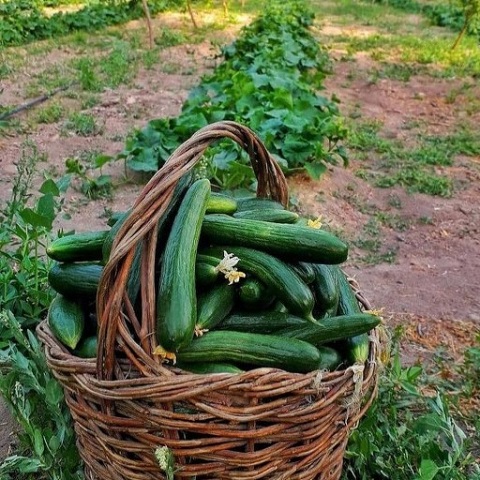
Pests and Diseases
Pests and plant diseases can severely impact cucumber yields. They affect yield either directly (by consuming leaves, fruits, and competing for nutrients) or by transmitting viral, fungal, and bacterial diseases.
Damage from pests and diseases increases plant stress. Stressed plants become more vulnerable to new diseases and pests, further reducing yields. Proper pest and disease management, including preventive measures and timely control, helps farmers avoid these issues and improve yield and crop quality.
Effective Solutions to Address Low Cucumber Yield
To boost cucumber yields and combat low productivity, implement the following solutions:
Optimizing Growing Conditions to Resolve Low Cucumber Yield
- Selecting a Suitable Location: Choose a site with adequate sunlight, fertile soil, and good drainage to promote healthy cucumber growth.
- Planting Timing: Schedule planting during suitable seasons and align it with weather forecasts to maximize yield.
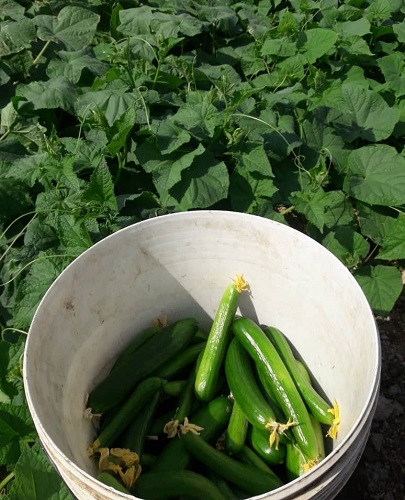
Using Proper Fertilizers and Timely Fertilization
- Timely fertilization: Applying fertilizers at the right times, especially during critical growth stages, can positively impact yield. Cucumber plants require specific fertilizers tailored to each growth phase. Nitrogen fertilizer is heavily used by cucumbers but should be applied only during early growth stages. Nitrogen aids leaf growth and prevents yellowing. Using it during flowering, however, can exacerbate the shortage of female flowers. During flowering and fruit development, use calcium, boron, zinc, phosphorus, and potassium fertilizers (depending on plant needs) to boost cucumber yield.
- Soil analysis: For fertilization to be effective, fertilizers must match the soil’s and plant’s needs. Conduct soil tests to identify nutrient deficiencies. Soil testing helps determine nutrient shortages and allows you to apply balanced fertilizers according to a planned schedule.
Addressing Low Cucumber Yield Through Irrigation Management
- Regular and balanced irrigation: Using drip or sprinkler irrigation systems ensures consistent water supply. These methods prevent both overwatering and underwatering.
- Monitoring soil moisture: Regularly check soil moisture levels and water based on the plant’s actual needs to improve growth conditions.
Pest and Disease Control
- Preventive management: Use methods like crop rotation, cover crops, and biological controls to reduce pests and diseases.
- Applying appropriate pesticides: If pests or diseases emerge, use chemical or natural pesticides promptly and safely to manage issues.
We suggest you take a look at our guide to solve the small, misshapen, or twisted cucumbers problem.
